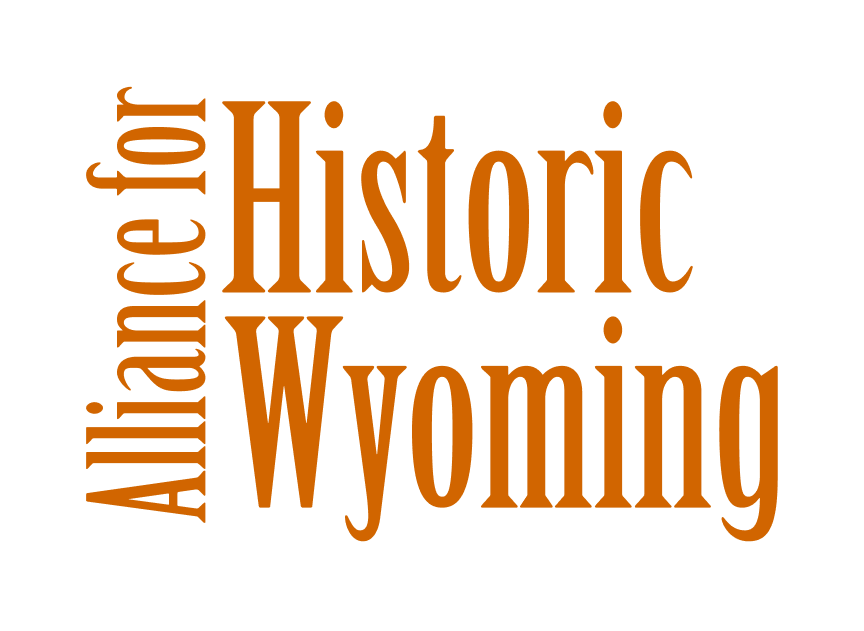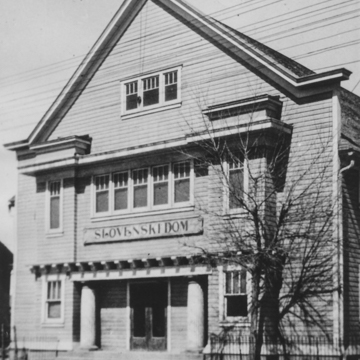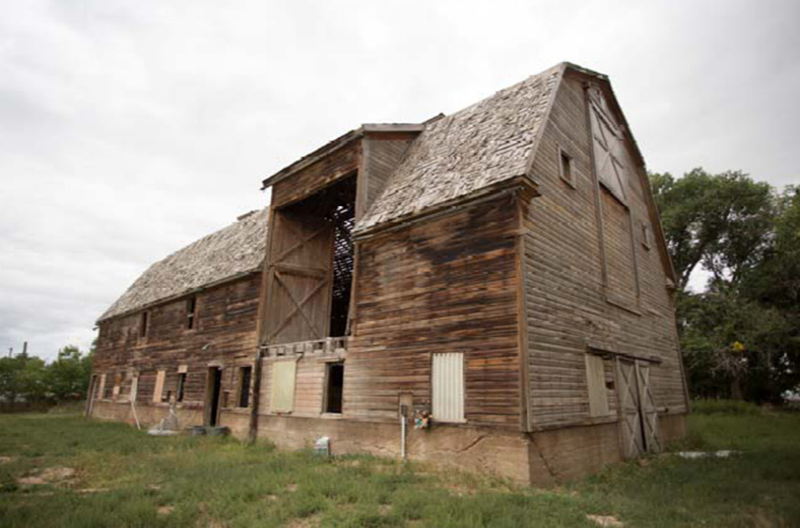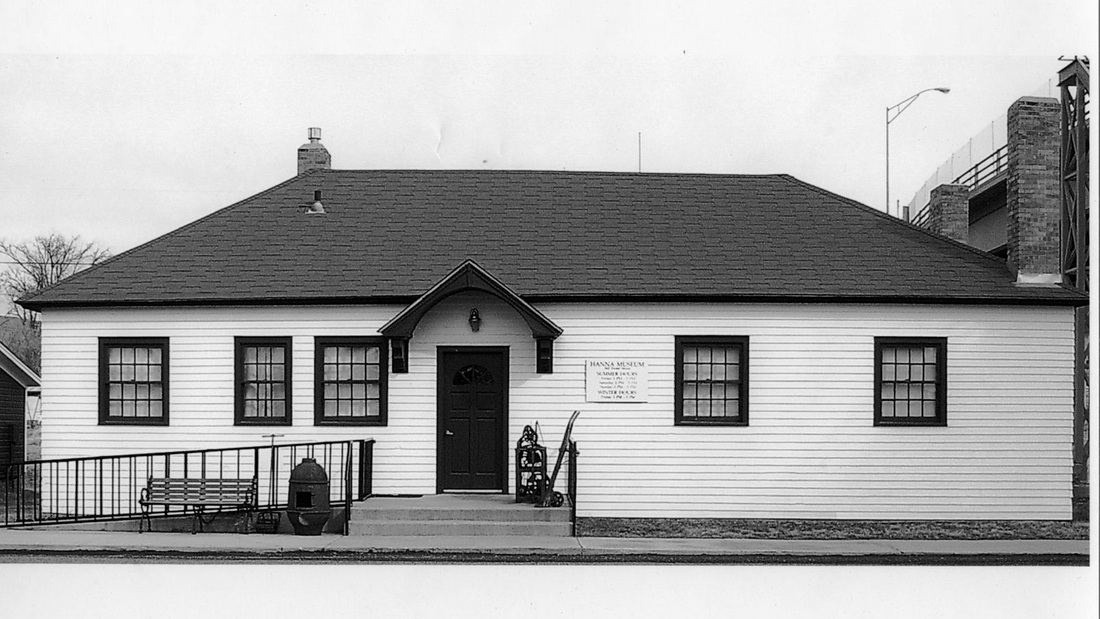By Hayden Vahle, AHW Intern
December 27, 2017
 Courtesy of Sweetwater County Historical Museum
Courtesy of Sweetwater County Historical Museum
Rock Springs’ Slovenski Dom has served as the social and cultural heart of Rock Springs’ Slovenian community for over 100 years. Starting in the late 19th century, immigration from Eastern Europe to Rock Springs exploded. One of the largest immigrant groups to make their way to the coal mining town was the Slovenians. These Slovenians needed a place to meet and socialize, and so in 1913 several Slovenian fraternal groups joined together to contract the construction of a Slovenian National Home, or Slovenski Dom in Slovenian. According to the Society of Architectural Historians profile on the building “The establishment of such buildings, known as ‘Slovenian National Homes,’ was widespread in Slovenian communities through the United States.”[1] This building helped preserve a sense of cultural identity for Rock Springs’ Slovenian community.
Slovenski Dom a two-story building is located at 513 Bridger Avenue and is built in a modern Slovenian style. The facade of the building consists of a symmetrical portico-like projection with wide piers and cornices at each floor. The original building consisted of wooden columns, brackets, and cornice, in the early 1980s the features were covered up by aluminum siding. According to the 1997 National Register Nomination the building “looks worn and scuffed but, aside from subsidence damage, is in reasonably good condition. Few renovations, except for the addition of siding and storm windows on the exterior, have altered the appearance of the building over the years.”[2] 
Photograph by Yu Jung Lee
The Slovenski Dom was placed on the National Register of Historic Places in 1997. The building stopped being a meeting hall for the Slovenian people in the 1950s when the mines closed and the immigrant community populations dwindled. The building is still owned by the original organization but it has been leased out to multiple organizations allowing for its continued use. At the moment it is leased to Local Color Gift Gallery. This building is a great representation of the preservation of immigrant history within the state, and an important example of repurposing and using old buildings not leaving them dormant. This repurposing of the building allows for the continued upkeep of the site, allowing for future generations to have a reminder of the mining and ethnic history of Rock Springs.
Sources
[1]“Slovenski Dom” in SAH Archipedia, eds. Gabrielle Esperdy and Karen Kingsley, Charlottesville: UVaP, 2012, http://sah-archipedia.org/buildings/WY-01-037-0005. Accessed 2017-12-26.
[2]Bogart, Barbara Allen, “Slovenski Dom,” Sweetwater County, Wyoming. National Register of Historic Places Registration Form, 1997. National Park Service, U.S. Department of the Interior, Washington, DC. https://npgallery.nps.gov/AssetDetail/NRIS/97001601.
LIKE WHAT YOU JUST READ?
- Browse our archive of Historic Places and Spaces Profiles by clicking here.
- To learn about all of our campaigns and initiatives, click here.
- Subscribe to our newsletter to learn more about what’s going on in Wyoming.
- Donate or become a member to help us produce stories, organize events, and be a voice for preservation across the state.
- Like us on Facebook, and follow us on Twitter and Instagram to see our latest updates!

Get new stories directly in your inbox! We’ll only send you an email when a new story is published.




1 Comment
byJohn Barbuto
The really interesting part of the Slovenian story, at least to me, is why they would immigrate from Slovenia in eastern Europe to Rock Springs in Wyoming in the sparse middle of the United States! What story did they hear in Slovenia which would incline them to make such a huge journey – even more, to work in coal mines in Rock Springs? What was the their condition in Slovenia to encourage such a journey? The real story is not about the building. It is about the people who used it, who left what they knew to go to that which they did not know. That is the story you should tell on this site.
Comments are closed.